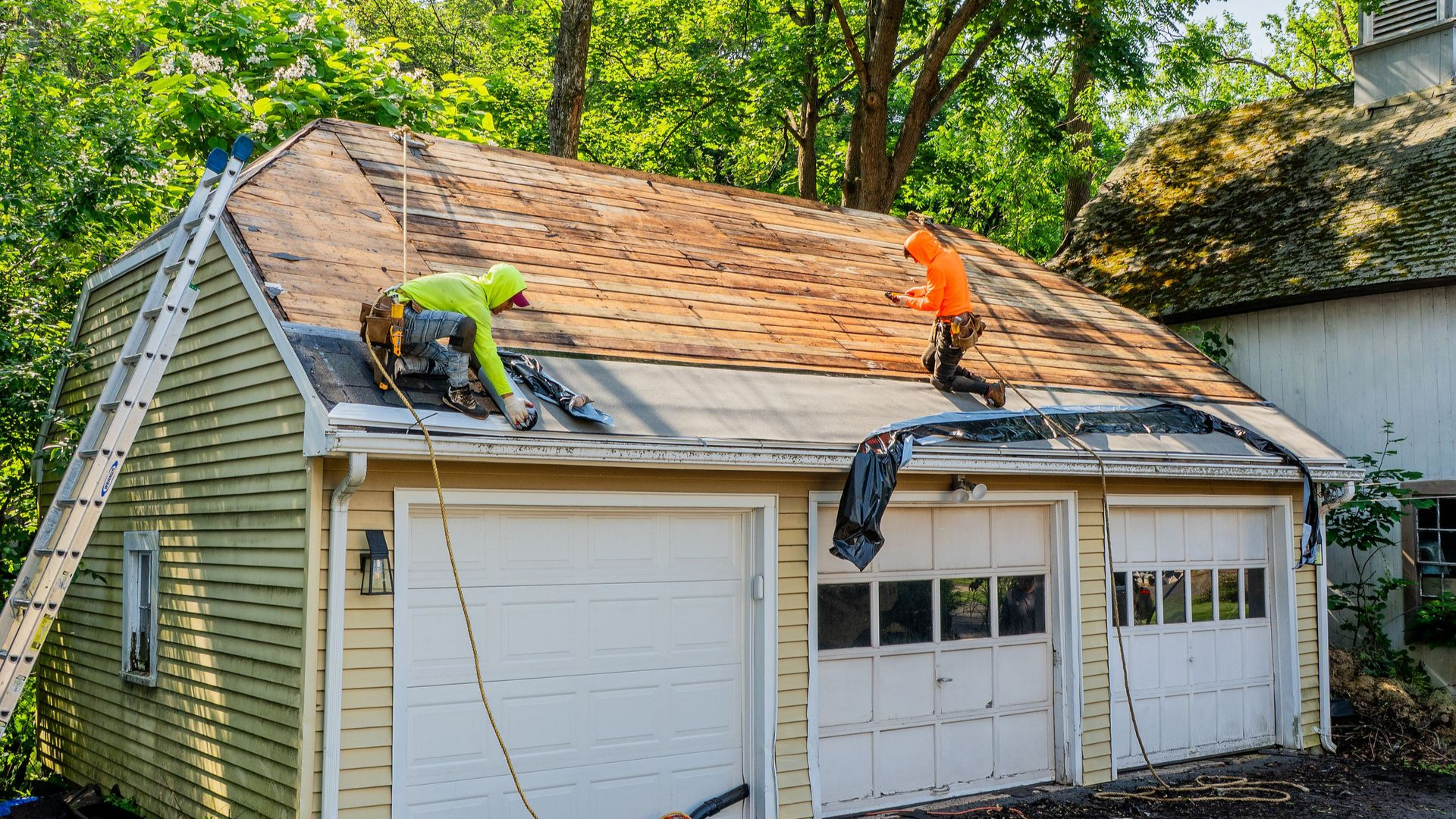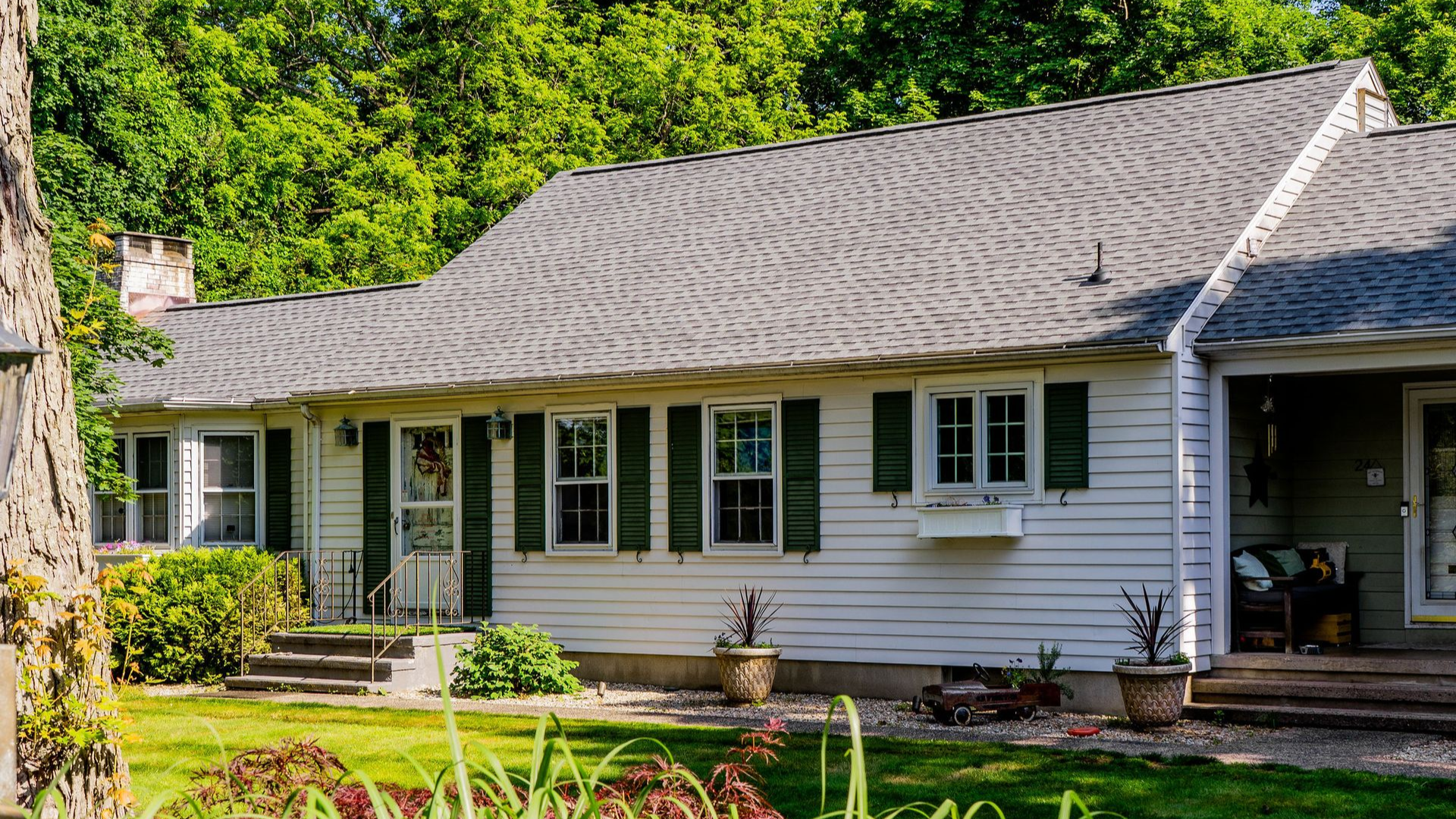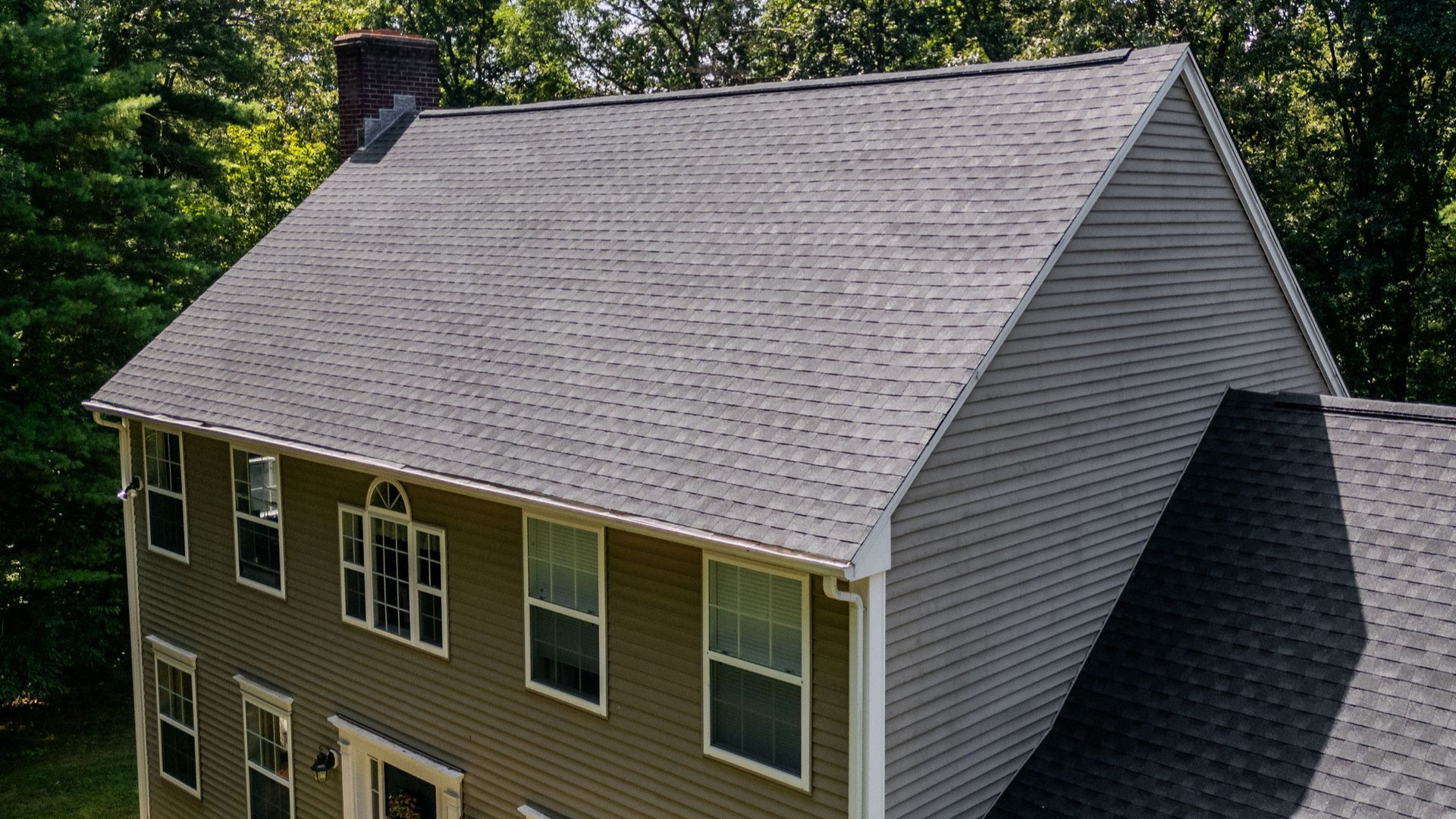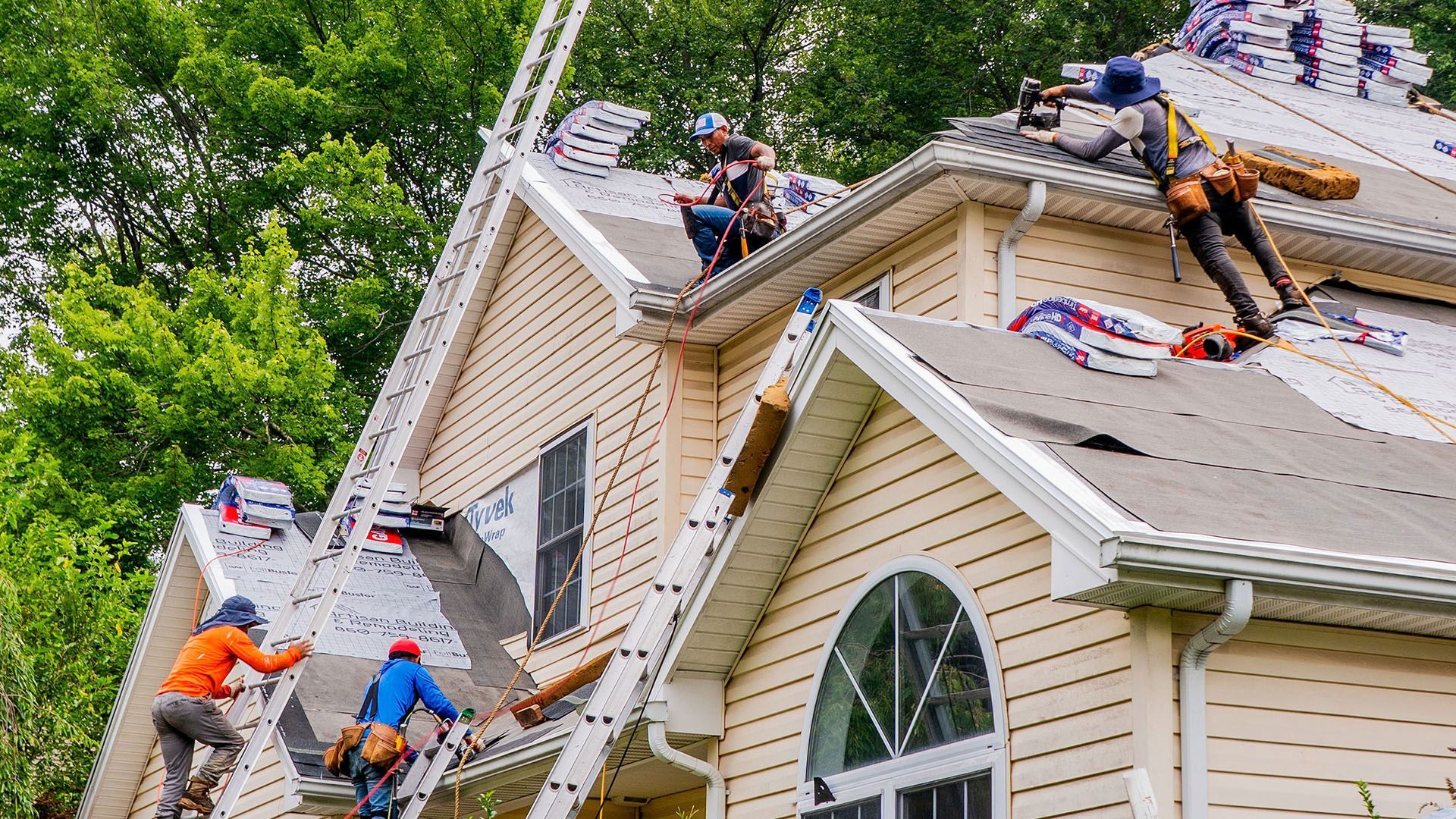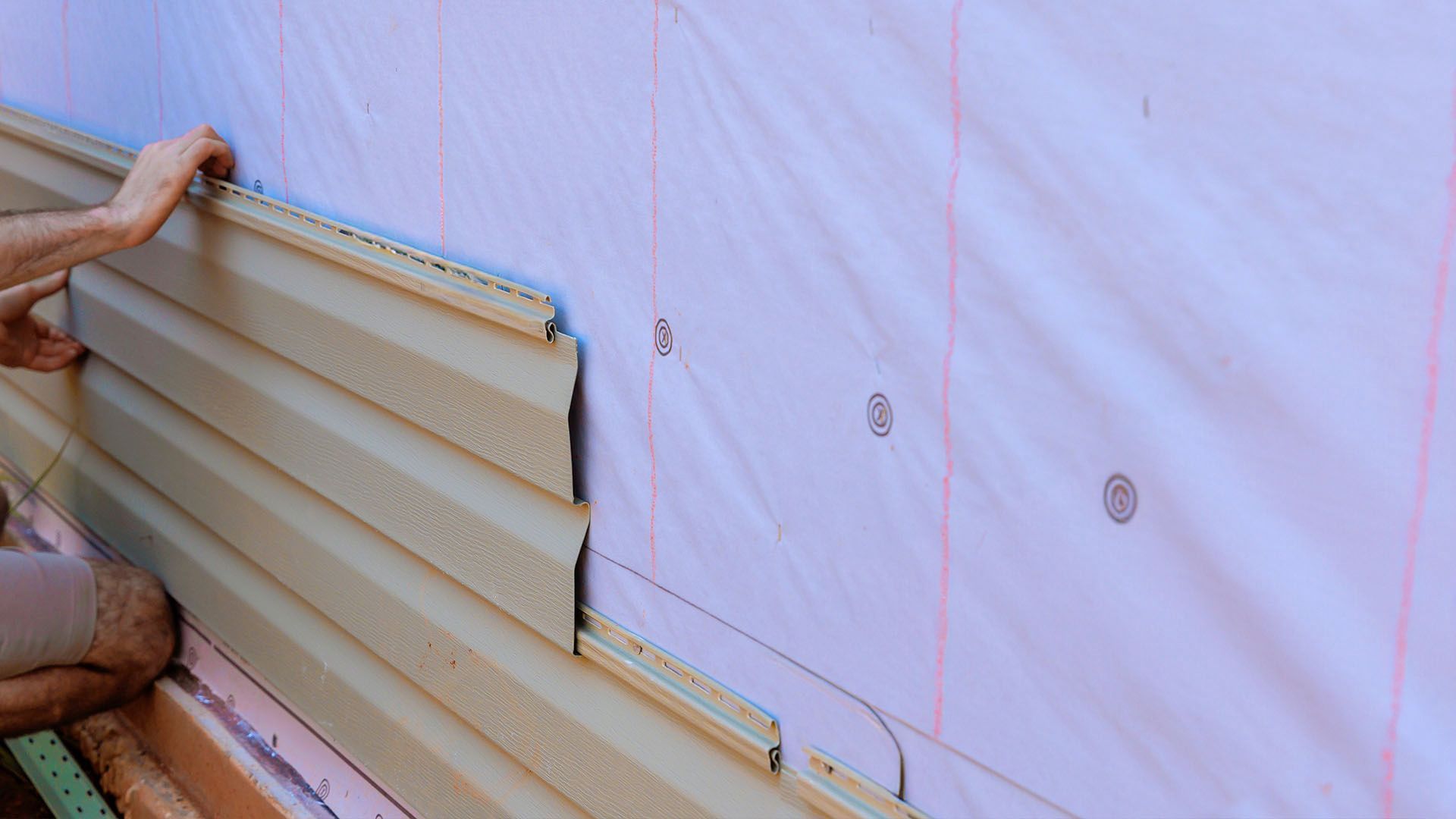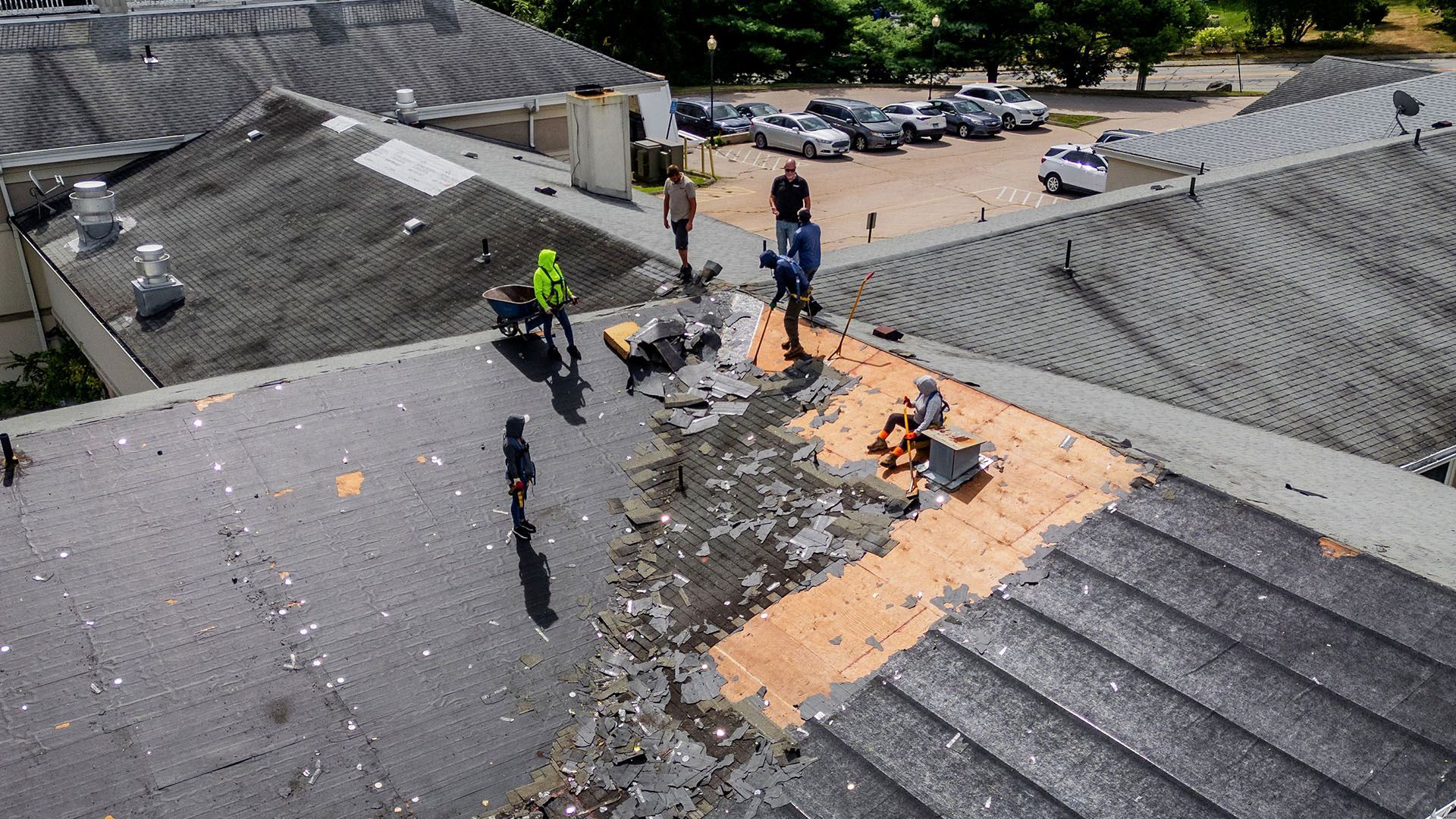Winter Roofing Prep: 7 Must-Do’s for CT Homeowners Before Snow Hits
November 12, 2025
We're a licensed and insured Connecticut roofing contractor. Our crews complete roof inspections, repairs, and full replacements across CT every season. We follow state building codes, carry workers' comp and liability insurance, and our installers are manufacturer-trained on asphalt shingles, flashing, and ventilation. Below you'll find clear, step-by-step guidance first, then short explanations, so you can prep your roof with confidence before winter weather hits.
Why Winter Roof Preparation Matters in Connecticut
Straight answer: Connecticut winters bring snow, wind, and freeze-thaw cycles that can turn small issues into leaks and expensive damage. A quick fall checklist now protects your roof, attic insulation, and your wallet.
Harsh Weather and Roofing Vulnerabilities
- Snow loads stress older shingles and weak decking.
- Daytime melt and nighttime freeze push water under shingles at the eaves.
- Wind drives rain and snow into flashing gaps around chimneys, skylights, and walls.
- Clogged gutters trap water, which freezes and forms ice dams.
Cost of Ignoring Seasonal Maintenance
Skipping prep often leads to wet insulation, stained ceilings, damaged drywall, and even decking rot. A few simple steps, inspection, gutter cleaning, small shingle and flashing repairs are far cheaper than emergency roof repair or interior fixes in January.

Signs Your Roof Needs Attention Before Winter
Straight answer: If you notice any of these, schedule a Connecticut roof inspection before winter.
Visible Wear and Missing Shingles
Look for cracked, curled, or loose shingles, especially in valleys and along eaves. Granules in gutters mean shingles are aging and losing their protective layer.
Leaks or Water Stains in the Attic
Use a flashlight to check the underside of the roof deck. Dark rings, damp insulation, or a musty smell point to leaks near vents, skylights, or flashing.
Poor Ventilation or Insulation
Uneven attic temperatures cause hot spots on the roof. That melts snow in patches and feeds ice dams. Frost on rafters or damp insulation are early warning signs.
Essential Winter Roof Preparation Steps
Straight answer: Do these seven must-do’s before the first snow.
1) Schedule a Professional Roof Inspection
Hire a local pro who understands CT winters. Ask for photos and a prioritized list: urgent fixes, pre-winter tune-ups, and items to monitor. A good inspection covers shingles, flashing, gutters, attic insulation, and roof ventilation.
2) Clean Gutters and Downspouts
Clear leaves and grit so meltwater can drain. Make sure downspouts discharge several feet from the foundation. Clean gutters reduce ice dam formation and prevent fascia rot.
3) Repair Damaged Flashing and Shingles
Replace loose step flashing, reseal exposed fasteners, and swap any missing or broken shingles. Tight flashing at chimneys and skylights is one of the best leak defenses during storm damage.
4) Improve Attic Insulation and Ventilation
Aim for even insulation coverage with no gaps. Install baffles to keep soffit vents open, and confirm you have a continuous ridge vent or balanced exhaust. Proper airflow keeps the roof deck cold and helps prevent ice dams.
5) Seal Air Leaks in the Ceiling
Seal gaps at can lights, bath fans, plumbing penetrations, and the attic hatch. Keeping warm air out of the attic reduces melt-and-freeze cycles that cause ice dams and roof leaks.
6) Trim Overhanging Tree Limbs
Branches that touch the roof can scrape shingles and drop debris that clogs gutters. Trim them back 8–10 feet where possible to protect asphalt shingles and reduce storm damage.
7) Plan Safe Snow Removal (If Needed)
If heavy snow piles up, use a roof rake from the ground to clear the first 3–4 feet along the eaves. Avoid chisels or metal shovels that can damage shingles. For deep or stubborn buildup, call a professional.
Ice Dam Prevention for Connecticut Homes
Straight answer: Keep the roof deck cold and the eaves clear. Fixing attic heat leaks and keeping steady airflow beats any gadget.
Proper Attic Ventilation Techniques
- Continuous soffit intake feeding a ridge vent (or balanced exhaust).
- Vent baffles to maintain an open air channel above insulation.
- Bath and kitchen fans vented outdoors, not into the attic.
Roof Heating Cables and Their Benefits
Heat cables can help in problem areas at eaves and valleys. Use a thermostat-controlled system and professional installation. Treat cables as a helper, not a substitute for insulation and air sealing.
Sealing Air Leaks in the Ceiling
Air leaks around lights, fans, and chases are common. Seal with foam or caulk, then add insulation. This is often the most effective step for preventing ice dams on roofs in Connecticut.
Choosing a Local Roofing Contractor You Can Trust
Straight answer: Look for licensing, insurance, local references, and written estimates.
What to Look for in a Connecticut Roofer
- Current CT license and proof of liability and workers’ comp.
- Manufacturer training on shingles, flashing, and ventilation.
- Photo documentation before/after.
- Experience with winter conditions, storm damage repair, and emergency roofing services.
Importance of Licensed and Insured Contractors
Proper coverage protects you and the crew. It also signals a contractor who follows code, pulls permits when needed, and stands behind the work with warranties.
Questions to Ask During Your Estimate
- What are the must-do items before snow?
- How will you address ventilation, insulation, and flashing, not just shingles?
- What’s the plan if snow/ice is already on the roof?
- What do your workmanship and manufacturer warranties cover?
Final Thoughts on Winter Roof Readiness in Connecticut
Straight answer: A winter-ready roof has sound shingles and flashing, clean gutters, sealed ceilings, balanced ventilation, and adequate insulation.
Annual Maintenance as a Long-Term Investment
Seasonal roof care protects your roof lifespan, keeps energy bills stable, and reduces surprise leaks. Small fixes now are far cheaper than emergency calls during a storm.
Peace of Mind Through Preventive Action
Connecticut weather is tough, but your roof can be tougher. Plan a quick inspection, knock out the seven must-do’s, and you’ll have snow & storm-proof roofing Connecticut homes can count on.
If you're planning a Connecticut roof inspection before winter, we can help. Get a photo-documented report and a prioritized plan to handle gutter cleaning, flashing repair, attic insulation, ventilation, and any needed roof repair, so your home is ready before the first snowfall. Schedule your inspection today.





